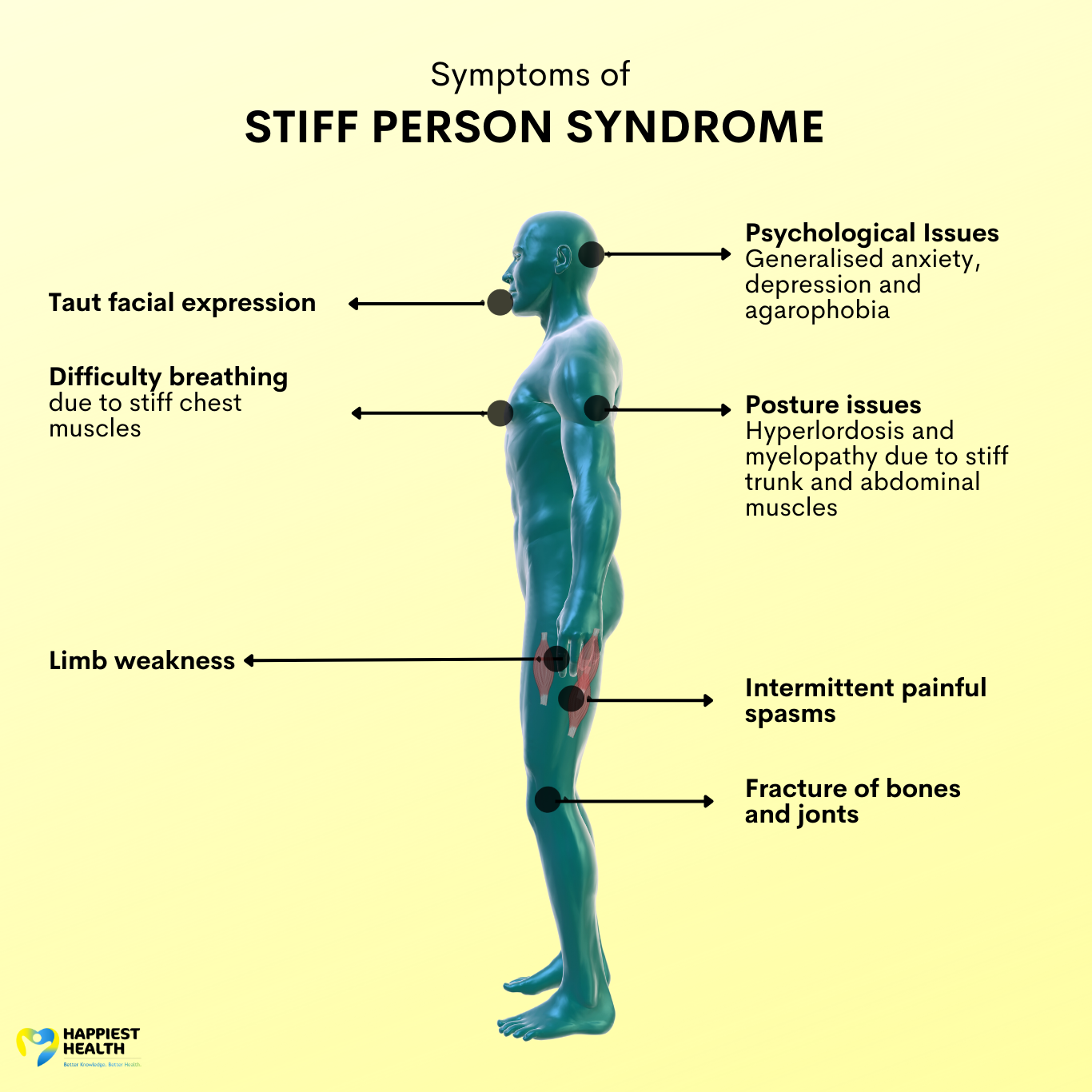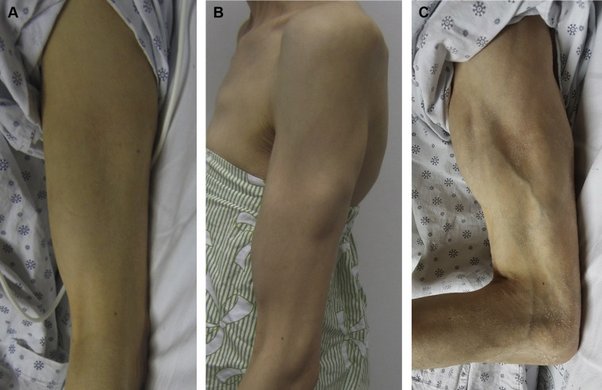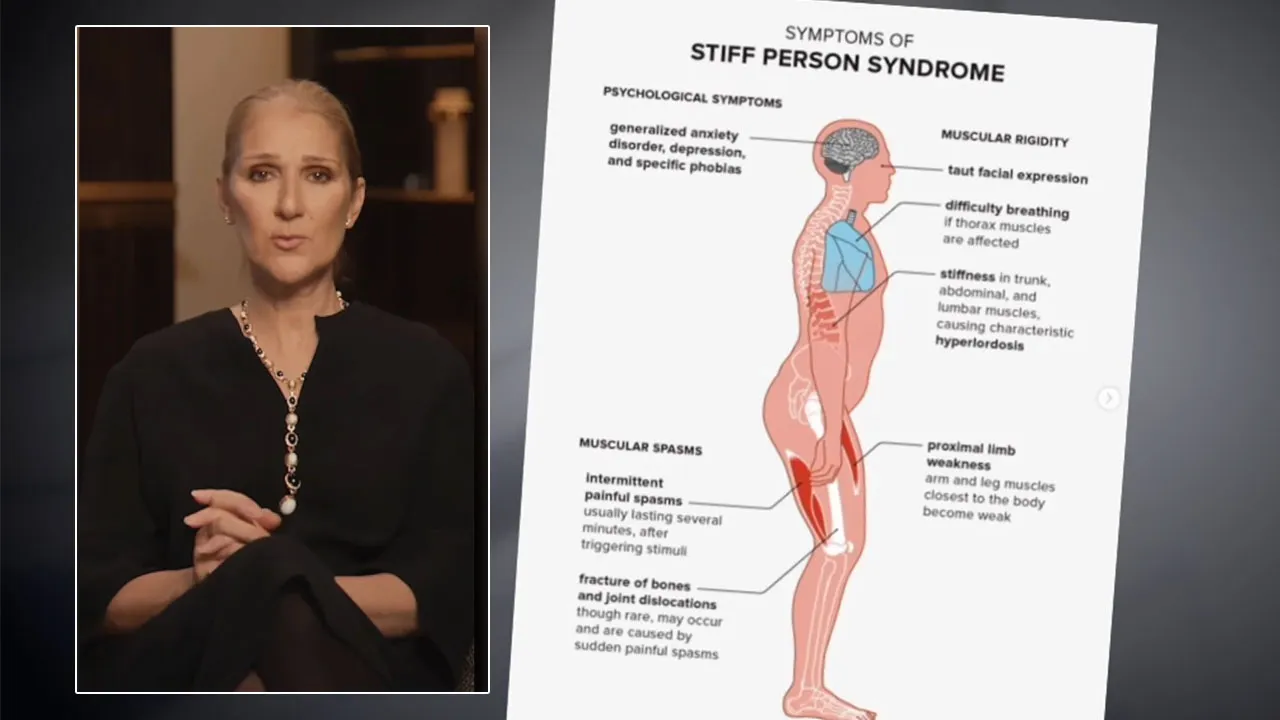Cracking the Code: Understanding Stiff-Person Syndrome
In the vast tapestry of medical conditions, some stand out as enigmatic mysteries. Stiff-Person Syndrome (SPS) is one such rare neurological disorder that challenges our understanding of the human body. In this exploration, we’ll embark on a journey into the intricate world of SPS, unraveling its complexities, its impact on individuals, and the ongoing efforts to shed light on this perplexing condition.
The Enigma of Stiff-Person Syndrome:
Imagine a life where every movement feels like a battle, where the simplest tasks become Herculean feats. This is the reality for those grappling with Stiff-Person Syndrome. Characterized by muscle stiffness and spasms, SPS goes beyond the physical, affecting sensitivity to stimuli like noise and touch. The rarity of this condition, estimated to affect only about 1 in a million people, adds to its mystique.
The Symptoms and Challenges:

The hallmark of SPS is, of course, persistent muscle stiffness, often starting in the axial muscles of the trunk and progressing to involve the limbs. These episodes of stiffness can be triggered by stress, sudden movements, or external stimuli. The challenges extend beyond the physical, with individuals experiencing heightened sensitivity, making daily life a delicate balancing act.
Diagnosis and Misdiagnosis:
Diagnosing SPS is no simple task. Its rarity and mimicry of other neurological disorders often lead to misdiagnoses, delaying proper treatment. The journey to a correct diagnosis is fraught with frustration for both patients and healthcare professionals. Heightened awareness and a multidisciplinary approach are crucial in navigating this diagnostic labyrinth.
Celine Dion’s Journey:
One of the most high-profile cases of SPS is that of renowned singer Celine Dion. Her public revelation of the diagnosis sparked conversations about the condition and brought much-needed attention to its challenges.

Celine’s journey with SPS reflects not only the physical toll but also the emotional resilience required to navigate life with a rare and often misunderstood disorder.
Treatment Approaches:
While there is no cure for SPS, various treatment modalities aim to alleviate symptoms and improve quality of life. Medications such as benzodiazepines, muscle relaxants, and intravenous immunoglobulin (IVIG) can provide relief. Physical therapy and psychological support play integral roles in managing the condition, highlighting the importance of a holistic approach.
Research and Hope:
Due to its rarity, SPS remains a relatively under-researched area in neurology. However, ongoing efforts are being made to unravel the underlying mechanisms, explore new treatment avenues, and improve the lives of those affected. Increased awareness, advocacy, and collaboration between researchers and healthcare professionals are essential in advancing our understanding of SPS.
Conclusion:
Stiff-Person Syndrome stands as a testament to the resilience of the human spirit in the face of adversity. As we navigate the complexities of this enigmatic condition, it is crucial to foster understanding, support those affected, and continue the quest for answers. By shedding light on the mysteries of SPS, we take a step closer to empowering individuals and fostering hope for a future where the challenges posed by this rare neurological disorder are met with knowledge, compassion, and effective solutions.




